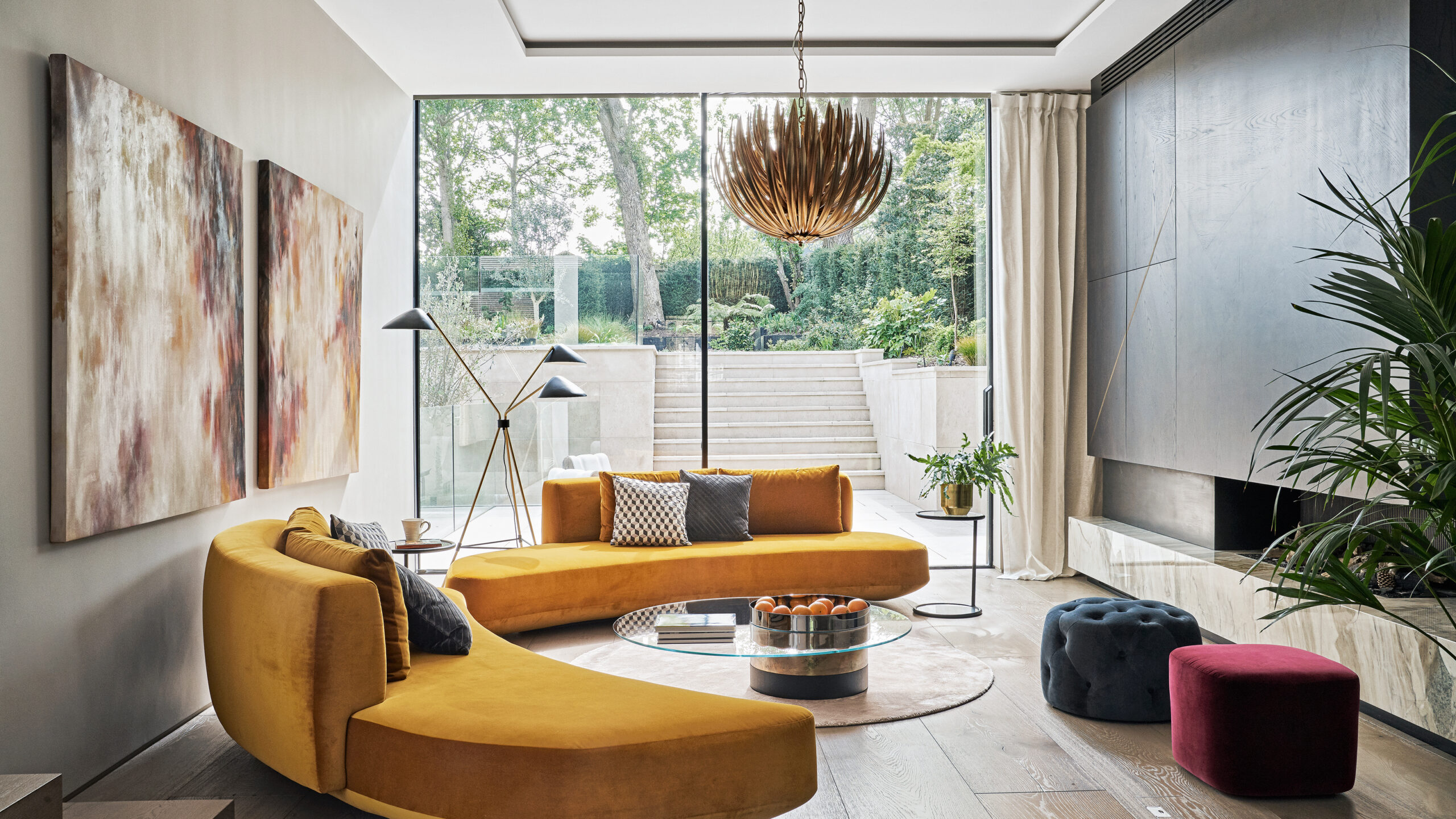The Evolution Of Pendant Lighting: Modern Styles For Contemporary Living

Lighting plays a vital role in the aesthetics and ambiance of any living space, and pendant lighting has been a popular lighting option for many years. Pendant lighting fixtures are versatile and functional solutions that add style and elegance to any room. Over the years, pendant lighting has evolved to suit modern-day living with a wide range of styles and designs. This article will explore the evolution of pendant lighting and emerging modern styles.
The History Of Pendant Lighting
Pendant lighting has a long history dating back to medieval times when candles were suspended from the ceiling using ropes or chains. The first electric pendant light was created in the 1890s, which paved the way for developing more innovative pendant lighting fixtures. The Art Nouveau period in the early 20th century saw the emergence of pendant lights with intricate designs, often featuring organic shapes and curves.
The mid-20th century saw the popularity of minimalist designs, with pendant lighting fixtures featuring clean lines and simple shapes. The Scandinavian design movement of the 1950s and 1960s heavily influenced pendant lighting, with designers using natural materials such as wood and glass.
The Evolution Of Pendant Lighting
The evolution of pendant lighting over the years has been driven by changing design trends and technological advancements. Modern-day pendant lighting fixtures are designed to be both functional and stylish, with a wide range of styles and designs to choose from.
Contemporary pendant lighting fixtures feature a mix of materials, such as metal, glass, and fabric, with bold and unique designs that add a touch of sophistication to any living space. One of the most popular modern styles of pendant lighting is the industrial-style pendant light. These lights feature metal shades and exposed bulbs, often in copper or black finishes, and are a popular choice for loft apartments and industrial-style interiors.
Another popular modern style of pendant lighting is the minimalist pendant light. These lights feature clean lines and simple shapes, often made from natural materials such as wood and glass. They are a popular choice for contemporary homes with a minimalist design aesthetic.
Modern pendant lighting fixtures also feature innovative designs like geometric shapes, sculptural forms, and cluster pendant lights. Cluster pendant lights are groups of smaller ones grouped, often at different heights, to create a dramatic and eye-catching lighting feature.
Technological advancements have also influenced the evolution of pendant lighting. LED technology has enabled designers to create energy-efficient pendant lighting fixtures that are both functional and stylish. LED pendant lights come in many shapes and sizes, from sleek and minimalist designs to bold and innovative shapes.
Choosing The Right Pendant Lighting For Your Home
When choosing pendant lighting for your home, it’s essential to consider the design aesthetic of your living space. Modern pendant lighting fixtures come in a wide range of styles and designs, so choosing a fixture that complements your existing decor is important.
The size of the pendant light is also an essential factor to consider. A small pendant light may get lost in a large room, while a large pendant light may overwhelm a small space. It’s essential to choose a pendant light that is proportionate to the size of the room.
Conclusion
Pendant lighting has come a long way since its early beginnings in medieval times. The evolution of pendant lighting has been driven by changing design trends and technological advancements, resulting in a wide range of modern styles and designs. Whether you’re looking for an industrial-style pendant light, a minimalist pendant light, or an innovative and eye-catching design, there is a pendant lighting fixture to suit every taste and style. With so many options, pendant lighting is a versatile and functional solution that adds style and elegance to any living space.





